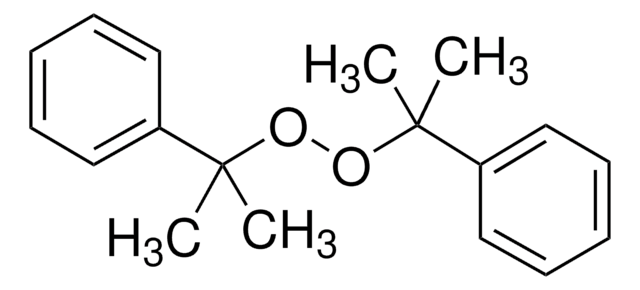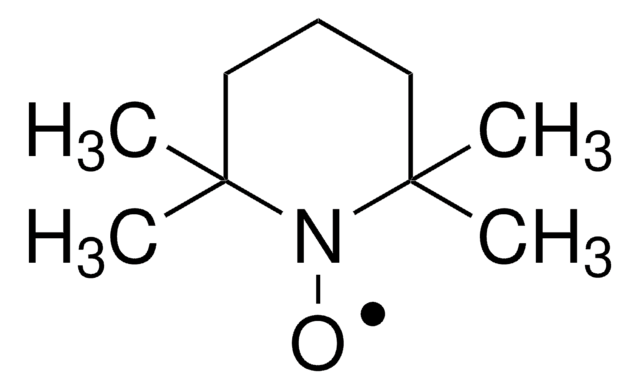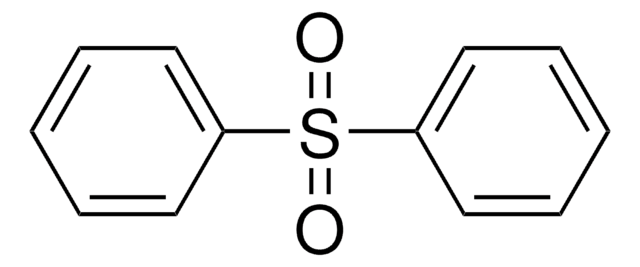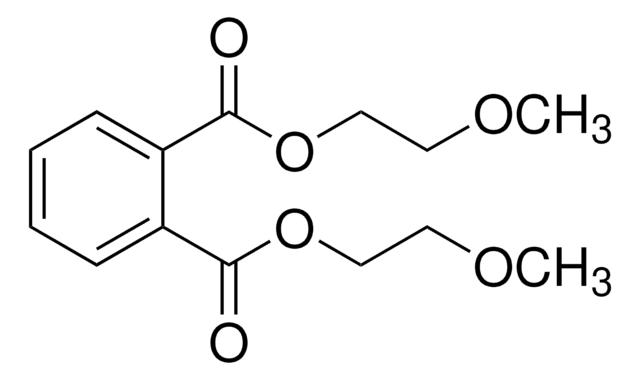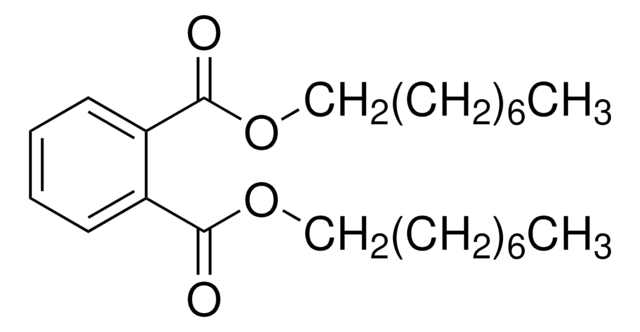About This Item
Recommended Products
biological source
synthetic
Quality Level
grade
Fragrance grade
Agency
follows IFRA guidelines
reg. compliance
EU Regulation 1223/2009
Assay
≥99%
form
liquid
autoignition temp.
1033 °F
refractive index
n20/D 1.515 (lit.)
bp
282 °C (lit.)
mp
2 °C (lit.)
density
1.19 g/mL at 25 °C (lit.)
application(s)
flavors and fragrances
Documentation
see Safety & Documentation for available documents
food allergen
no known allergens
fragrance allergen
no known allergens
Organoleptic
odorless
SMILES string
COC(=O)c1ccccc1C(=O)OC
InChI
1S/C10H10O4/c1-13-9(11)7-5-3-4-6-8(7)10(12)14-2/h3-6H,1-2H3
InChI key
NIQCNGHVCWTJSM-UHFFFAOYSA-N
Looking for similar products? Visit Product Comparison Guide
Related Categories
General description
Disclaimer
Storage Class Code
10 - Combustible liquids
WGK
WGK 1
Flash Point(F)
294.8 °F - closed cup
Flash Point(C)
146.0 °C - closed cup
Personal Protective Equipment
Choose from one of the most recent versions:
Already Own This Product?
Find documentation for the products that you have recently purchased in the Document Library.
Customers Also Viewed
Global Trade Item Number
| SKU | GTIN |
|---|---|
| W508500-1KG | 4061837608704 |
| W508500-10KG | 4061837608698 |
| W508500-25KG | 4061837608711 |
| W508500-SAMPLE | 4061837542169 |
Our team of scientists has experience in all areas of research including Life Science, Material Science, Chemical Synthesis, Chromatography, Analytical and many others.
Contact Technical Service



